The Ghost Pepper Chronicles: Scoville Heat, Tips & Tales from the Spice Frontier
Are you ready to flirt with fire? Buckle up and grab your cooling yogurt because today we're diving into the blazing world of the Ghost Pepper, also known as Bhut Jolokia. This isn't just a chili — it's a spice legend. With its Scoville rating soaring over 1 million units, this capsaicin-laced beast has earned its place in both culinary infamy and scientific fascination.
Table of Contents
- What Exactly is a Ghost Pepper?
- Decoding the Scoville Scale: Just How Hot is It?
- How Does it Stack Up Against Other Peppers?
- Cooking with Fire: Tips for Handling Ghost Peppers
- Health Benefits (Yes, There Are Some!)
- Fun Facts You Can Whip Out at Parties
- Ghost Pepper in Pop Culture & Science
What Exactly is a Ghost Pepper?
The Ghost Pepper, or Bhut Jolokia, hails from the northeastern states of India, particularly Assam, Nagaland, and Manipur. Before it took the world by storm on spicy food shows and hot sauce bottles, locals used it for centuries not only in cooking but also in rituals and even warfare — yes, people used it to make smoke bombs!
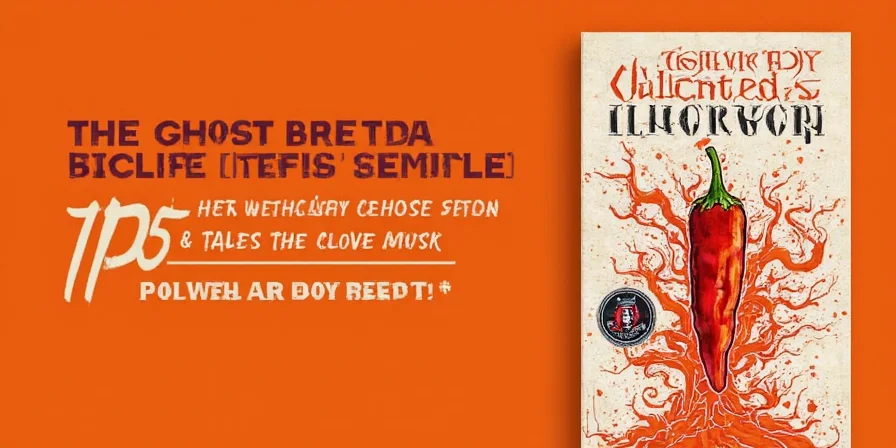
It gained international attention when it was officially recognized by the Guinness World Records in 2007 as the hottest chili pepper in the world — though it’s since been dethroned by newer hybrids like the Carolina Reaper. Still, don’t let that fool you; the Ghost Pepper remains one of the fiercest peppers on the planet.
Decoding the Scoville Scale: Just How Hot is It?
Invented by pharmacist Wilbur Scoville in 1912, the Scoville Scale measures the heat level of chili peppers based on the concentration of capsaicinoids — primarily capsaicin. Originally, it relied on dilution and human testers, but today high-performance liquid chromatography (HPLC) does the job more accurately.
| Pepper | Scoville Units |
|---|---|
| Ghost Pepper (Bhut Jolokia) | 855,000 – 1,041,427 SHU |
| Habanero | 100,000 – 350,000 SHU |
| Jalapeño | 2,500 – 8,000 SHU |
| Bell Pepper | 0 SHU |
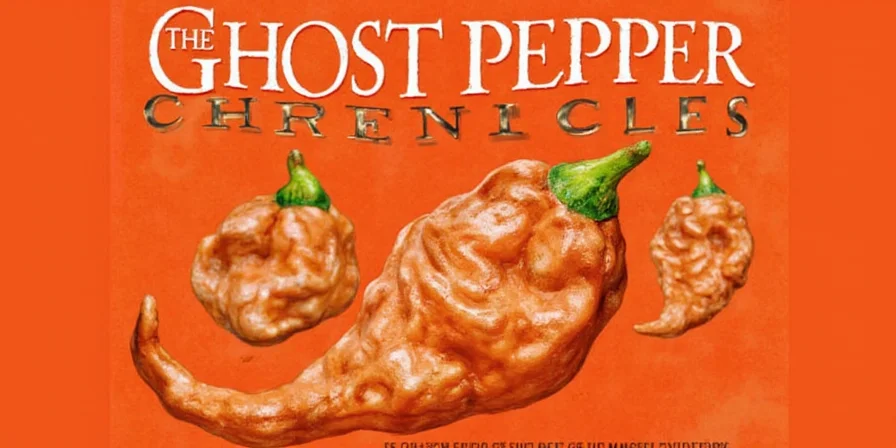
To put it in perspective: tear gas clocks in at around 1.5 million SHU. So while the Ghost Pepper won’t blind you, it will certainly make you question your life choices if you eat it raw.
How Does it Stack Up Against Other Peppers?
If Habaneros are your usual thrill ride, then Ghost Peppers are like strapping into a rocket ship headed straight for Saturn. Let’s break it down:
- Jalapeños: Mild-mannered cousins barely breaking a sweat at 8,000 SHU. Eat ten of them and you might feel something… maybe.
- Serranos: Stepping it up with 10,000–23,000 SHU. They’re punchier but still manageable.
- Habaneros: Now we’re talking serious heat — up to 350,000 SHU. Great for sauces and salsas if you’re feeling spicy but sane.
- Ghost Pepper: Over a million SHU — not for the faint-hearted. One tiny sliver can transform a dish into a challenge worthy of YouTube fame.
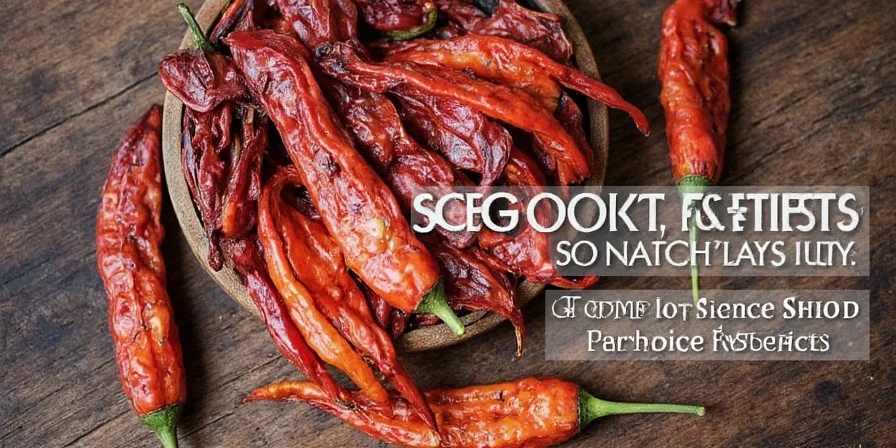
Cooking with Fire: Tips for Handling Ghost Peppers
You’ve bought a Ghost Pepper. What now? Here’s how to survive your culinary adventure without burning your mouth (or fingers):
- Use gloves: Capsaicin is oil-based and sticks like your ex’s name in a Google search. Latex or nitrile gloves are your best friends.
- Don’t touch your face: Seriously. That includes eyes, nose, and any other sensitive area. Your future self will thank you.
- Start small: Grate a little into soups, stews, or sauces rather than chopping up the whole thing. Remember: there’s no “undo” button once it’s mixed in.
- Cooling agents: Milk, yogurt, sour cream, or coconut milk help neutralize the burn. Water? Useless. It’ll just spread the pain.
- Soak it: If you go too far, soak your mouth in dairy or sugar. Sugar binds with capsaicin and offers temporary relief.
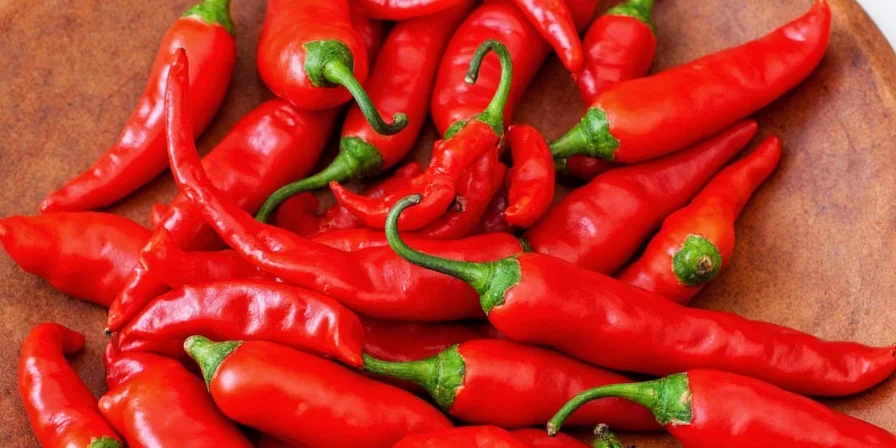
Health Benefits (Yes, There Are Some!)
Beneath the scorching heat lies a surprisingly healthy profile. Capsaicin, the compound behind the burn, has several scientifically-backed benefits:
- Pain relief: Topical creams containing capsaicin block pain signals and can help with arthritis, shingles, and muscle soreness.
- Metabolism boost: Studies suggest capsaicin may increase metabolic rate slightly and reduce appetite — perfect for those trying to lose weight.
- Anti-inflammatory properties: Chronic inflammation is a major player in many diseases, and capsaicin has shown promising anti-inflammatory effects.
- Heart health: Some research indicates regular chili consumption is linked to lower rates of heart disease and improved cholesterol levels.
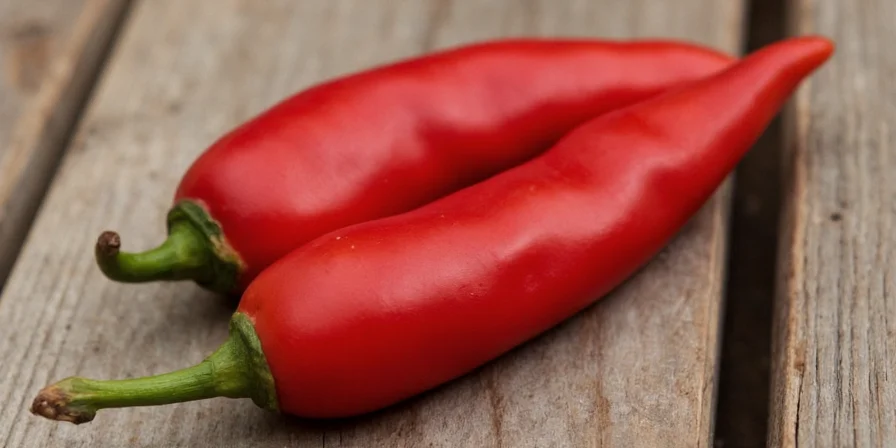
Fun Facts You Can Whip Out at Parties
Want to impress your friends or confuse your enemies? Try these Ghost Pepper facts:
- The Ghost Pepper is native to India but was adopted by Thai cuisine under the name “Krisang” — try finding it on menus in Bangkok.
- It was used by Indian military forces to make non-lethal smoke bombs that could incapacitate insurgents. Yes, seriously.
- A single Ghost Pepper can flavor an entire pot of stew — but tread carefully.
- The record for most Ghost Pepper eaten in one sitting? Around 10 slices. Not full peppers. Slices. And the guy needed IV fluids after.
Ghost Pepper in Pop Culture & Science
From competitive eating challenges to science labs, the Ghost Pepper continues to captivate:
- Spicy food YouTube channels often use Ghost Peppers to create viral content featuring reactions ranging from awe to near-death.
- Pharmaceutical companies study capsaicin for its potential in treating chronic pain and migraines.
- Ghost Pepper extract is used in police-grade pepper sprays due to its intense irritation properties.
- Fermented Ghost Pepper sauces have become a cult favorite among gourmet hot sauce lovers.
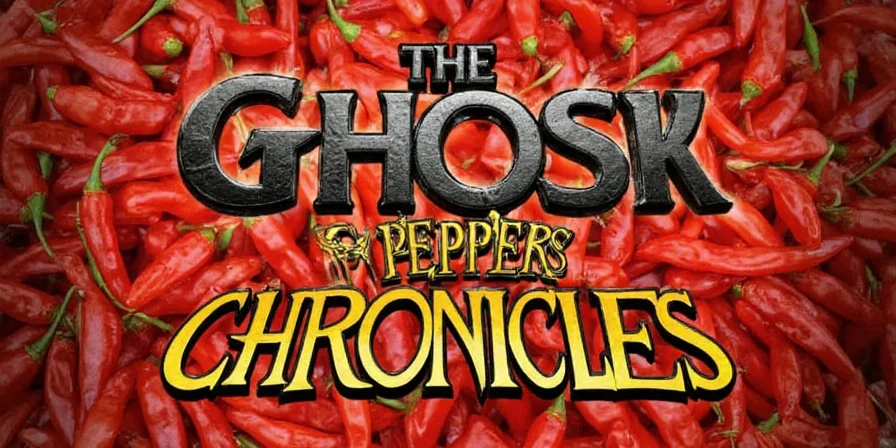
Final Thoughts: Tread Lightly, Spice Warriors
The Ghost Pepper is more than just a chili — it’s a cultural icon, a scientific marvel, and a culinary daredevil rolled into one. Whether you’re looking to spice up your dishes, test your limits, or explore the deeper mysteries of capsaicin, the Ghost Pepper deserves respect and caution. Handle it wisely, cook it smartly, and enjoy every flaming bite… but maybe keep some yogurt close by.
Summary of Key Points:
- Ghost Pepper (Bhut Jolokia) ranges from 855,000 to over 1 million SHU.
- Handle with gloves and avoid contact with eyes and sensitive areas.
- Milk, yogurt, and sugar help relieve the burn.
- Offers potential health benefits including pain relief and metabolism boost.
- Used in pop culture, law enforcement, and gourmet cooking.

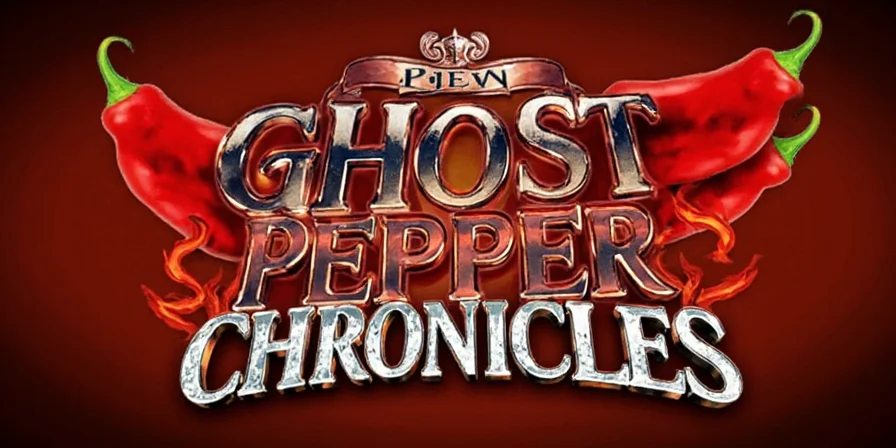









 浙公网安备
33010002000092号
浙公网安备
33010002000092号 浙B2-20120091-4
浙B2-20120091-4